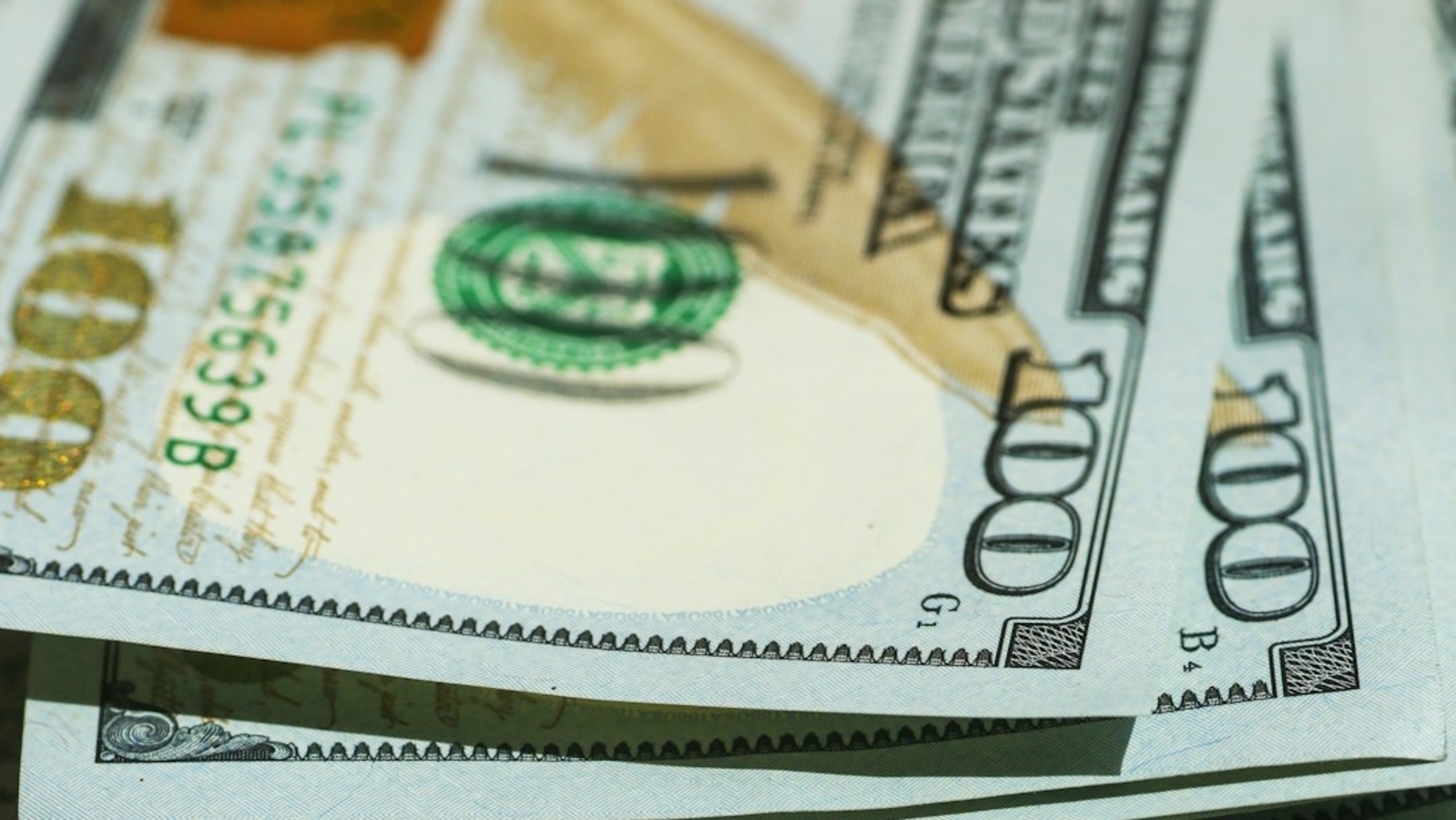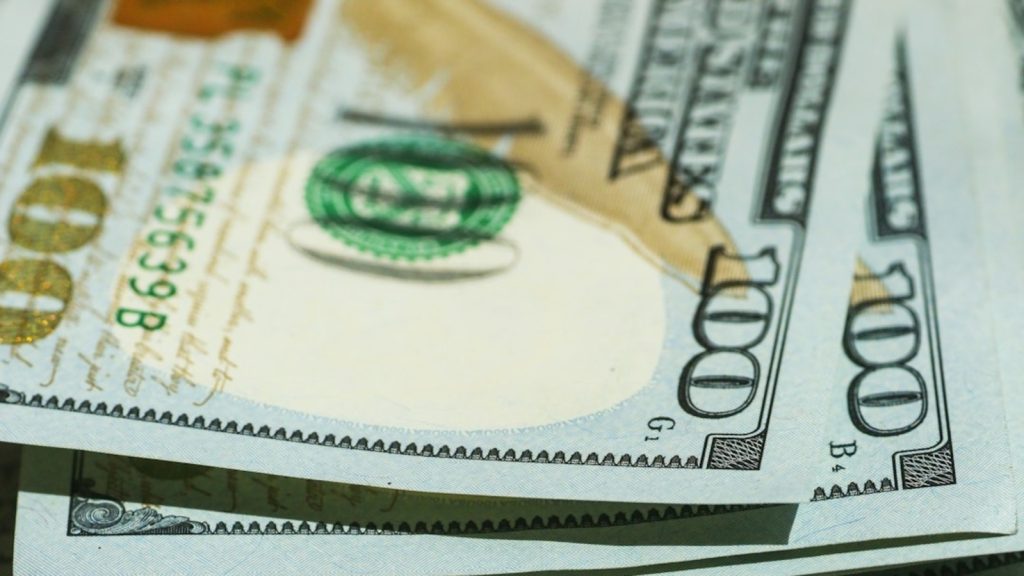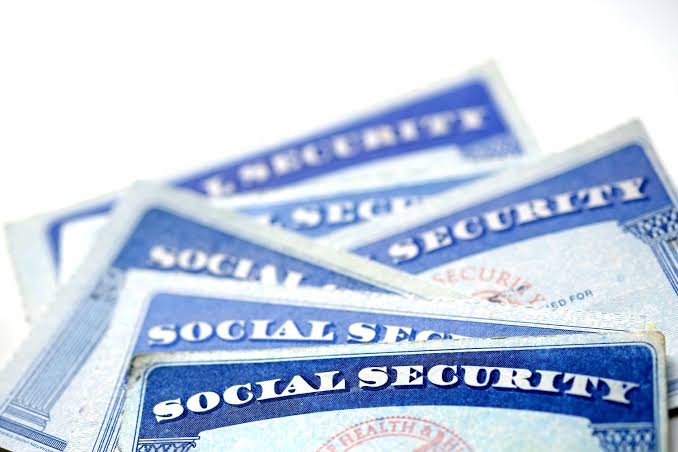Millions of Americans are buzzing about a potential $5,000 stimulus check tied to Trump’s “DOGE Dividend” plan—but despite viral headlines and influencer hype, no money is hitting your bank account anytime soon. The idea may sound exciting, especially during a tough economy, but behind the scenes, the reality is much murkier: no official funding, no legislation, and a lot of political friction.
So, what exactly is this DOGE stimulus all about, and is there any chance you’ll ever see that cash? Here’s a deep, real-world breakdown of what’s actually happening—and what’s not.
What Is the DOGE Stimulus Plan?
Earlier this year, former President Donald Trump, alongside tech billionaire Elon Musk, pitched a bold concept: create a new federal watchdog called DOGE—short for the Department of Government Efficiency—tasked with slashing wasteful government spending.
Their pitch? If DOGE could cut at least $2 trillion in government waste, the government would redistribute $5,000 to each taxpaying American household as a “dividend” from the savings. It was branded as a no-tax, no-debt plan to give money back to the people—something that sounds great on the surface.
And for a while, the idea caught fire on social media, with hashtags like #DOGEDividend trending and many wondering if this could be the next big check from Washington.
Why You Won’t Be Seeing a DOGE Check Anytime Soon
As of June 2025, here’s the cold, hard truth: you will not receive a DOGE stimulus check this month—or likely anytime this year. Here’s why:
1. The savings just aren’t there.
DOGE officials claim they’ve identified about $140 to $180 billion in potential savings from cutting duplicate federal programs and agency bloat. But that’s still a long way from the $2 trillion target required to fund the promised $5,000 per household.
2. Elon Musk has stepped away.
In May, Musk publicly broke with Trump over disagreements about the direction of DOGE. His departure threw the entire initiative into chaos, and DOGE staffers now say the project has lost much of its internal momentum and clarity.
3. No law = no check.
Congress has not passed any legislation to authorize these payments. Even if DOGE hit its savings target (which it hasn’t), Congress would still need to vote on how the money is distributed. And with lawmakers deeply divided over inflation, taxes, and government spending, it’s unlikely such a plan would pass this year.
4. Economic and political resistance.
Many economists and fiscal conservatives argue that instead of handing out cash, any federal savings should go toward paying down the national debt or reducing deficits. Others warn that giving out $5,000 checks in a recovering economy could reignite inflation, undoing much of the Federal Reserve’s work to cool the markets.

So, What’s the Real Status?
Right now, the DOGE stimulus is a political talking point, not a real-world policy. There are no pending bills in Congress, no official IRS plans to issue payments, and no legal framework to make it happen.
Even if Republicans take full control of Congress in 2025, analysts say the proposal would face steep challenges, especially without bipartisan support or concrete financial data proving it could work.
What If You’re Still Hoping for Relief?
If you’re struggling financially, the best chance of getting help right now isn’t from DOGE. Instead:
-
Some states (like California, New York, and Colorado) are still issuing one-time relief checks or tax rebates.
-
The IRS is sending out up to $1,400 to Americans who missed their third stimulus in 2021—but only if you filed or will file a 2021 return before April 15, 2025.
-
No federal stimulus is scheduled or approved at this time.
Final Word: Be Cautious, Stay Informed
It’s easy to get caught up in viral stimulus news, especially when the dollar amount is as eye-popping as $5,000. But as of now, the Trump-Musk DOGE Dividend remains an unfunded, unapproved idea. Until Congress acts—and it hasn’t—it’s just talk.
If you see websites or people promising early access to DOGE checks, claiming you can “sign up” for $5,000, know this: it’s a scam. The IRS does not operate like that, and no one is receiving these checks yet.



